I suffer from fly-fishing book fatigue at times. While I love a good yarn now and then, it seems that our chosen craft attracts more artists and writers than, say, something a little more technical, like aviation mechanics.
Every year or so, a gaggle of new scribes (or old ones, for that matter) are so inspired by the long rod that they can’t help but push out new compilations of fishing stories that they hope will resonate with the angling masses. (Full disclosure: I’m as guilty as anyone, but it’s been a while since I’ve gone the essay/memoir route in book form.)
And, while there are some really good essay compilations out there that shouldn’t be missed, there are also some oft-overlook classics that cry for a little love. There are also some fantastic books available that focus on the craft without trying to dial in to the psyche of the author, or books that delve into the science of angling and fish and leave the first-person perspective to the romantics in our sport.
And then there’s the vanity press, where, very occasionally, a really good book will emerge and make you wonder where the hell all the good writing agents are and how they missed out on some royalties.
With winter still upon us – and for those in the more trouty states out West and in the Rockies, it’s been a hell of a winter – it’s a great time to pick up a new book (or an old book, or a new, old book) and spend some time flipping pages and opening the mind. Without further ado, here’s a quick sampling of five books for February that’ll help you get through the heart of winter.
The Old Man and the Sea, Ernest Hemingway, 1953. If you haven’t revisited the tale of Santiago, the unluckiest fisherman in Cuba, or if, for some silly reason, you never even cracked the cover, now’s the time, and for a few reasons. First, it’s Hemingway, for Christ’s sake. Believe it or not, he might be the first SEO writer ever. His work is succinct. It’s simple and informal. Conversational. And rarely does he delve into a complex sentence without the poetic license granted to a classics artist via the stream-of-consciousness technique. Also, it’s a hell of a tale that has just about everything a good reader (and yes, there are good readers and crappy ones–you know who you are!) needs to pull pure joy from ink and paper. Even better? It’s 127 pages long–you can read it in one sitting. But don’t take my word for it. It won the Pulitzer Prize for Fiction the year it was published.
River Music: A Fly Fisher’s Four Seasons, James R. Babb, 2001. This one, for some reason, flew under the radar for a lot of fans of good storytelling. Maybe it’s because it showed up on bookshelves at a crappy time – shortly after it was published, the nation’s attention was laser focused on a Saudi expat who lived in a cave in Bora Bora. Or maybe it’s because Babb was considered the East Coast version of John Gierach (even though much of the book focuses on the author’s upbringing as a rural Tennessee angler). So, fellow fans of great essay compilations, you’re excused for missing it. But that’s the beauty of books – they can gather dust on shelves for years, and with just a little effort, can still deliver joy to readers. This is one such book. If you like Gierach, you’ll love Babb. If you like readable, thoughtful and very well-crafted stories, you’ll love this book. I absorbed it in my 30s and I like to reread it every few years, and I think that’s because it’s not a formulaic essay collection, but, more or less, an honest book of stories from a legitimately excellent writer.
An Entirely Synthetic Fish: How Rainbow Trout Beguiled America and Overran the World, Anders Halverson, 2011. Here’s one for the fish wonks out there … you know, the anglers who are totally dialed in on things like native trout and their genetics, or the guys (or gals) who can look at two different cutthroat trout and not only identify the subspecies, but can tell you which drainage the fish are from. These are the folks who can quote the late Bob Behnke if that’s what it takes to win an argument. This book, of course, focuses on the dubious mishmash of “science” that has, over time, rewritten the genetics of the most propagated salmonid on the planet. The all-encompassing term “rainbow trout” now applies to fish that, in their purest form, are native to drainages of the Pacific Northwest but now turn up in lab-crafted numbers in fish hatcheries the world over. And, damn it, people love them. The mongrels of the fly-fishing universe are the “rainbow” trout that survive and thrive in waters where they just don’t belong. And Halverson takes a deep dive into this scientifically crafted fish. Love rainbows? This book is for you. Hate rainbows? Same deal. Great writing, excellent research and very good reporting make this a book a must-read for any wonk interested in how rainbows came to swim cold-water rivers the world over.
The History of Fly Fishing in 50 Flies, Ian Whitelaw (illustrated by Julie Spyropoulos), 2015. OK, fly-tying geeks, this one’s for you. Whitelaw, with the illustrated help of Spyropoulos, takes readers through the state of the craft, starting with the mention of the first known tied fly, a hand-crafted replica of a Macedonian insect called a hipporous, and takes us through modern times. Whitelaw, whether he intends to or not, seems to recognize the 1900s as the craft’s golden era, which makes sense, honestly. But the gems in this book are found in the flies of the distant past when the craft was maturing and more anglers were coming to the notion that fooling trout with something other than live bait was a noble pursuit (and crafting artificial flies to fool them was equally gallant). And Whitelaw is correct … you can derive a general history of fly fishing simply by taking a dive into the flies we used to tie, and the flies we craft at the vise today.
The Orvis Fly-Fishing Guide, Tom Rosenbauer (illustrated by Bob White), 1988, revised and updated in 2017. What’s a fly-fishing book report collection without a book of tips for anglers, both old and new? Plus, it’s Tom Rosenbauer, who might be the wisest man in fly fishing today. That, of course, is quite the honor, and likely a bit dubious, too, because wisdom comes with age, and while Tom’s is in excellent shape, he’s likely got more fishing miles behind him than he does ahead of him (me, too, Tom!). This offering might be considered the catch-all bible of the craft – Orvis has revised and refreshed it a few times, most recently in 2017. It covers everything from basic and advanced fly tying, knots, fishing techniques and all-important tips that range from the correct leaders to use to basic casting instruction. It’s a great book for beginners, but its lasting value, at least for longtime fly fishers like me, is as a reference and a refresher. And this is the perfect time of year to soak up some lessons we might have forgotten years ago.

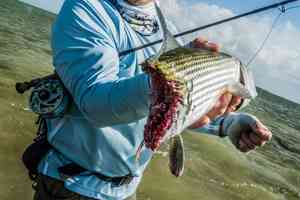
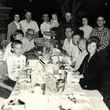
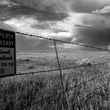
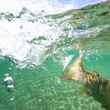
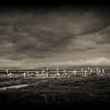

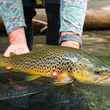


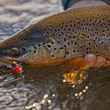
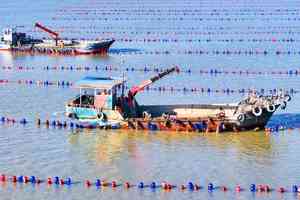
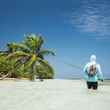


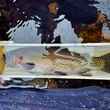
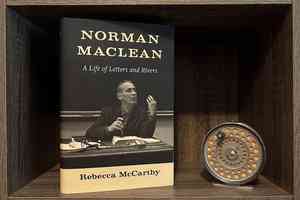
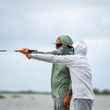
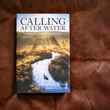
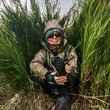
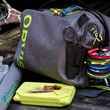
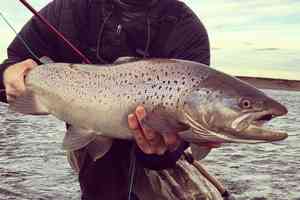
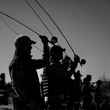
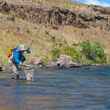
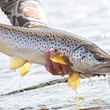
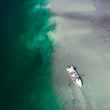
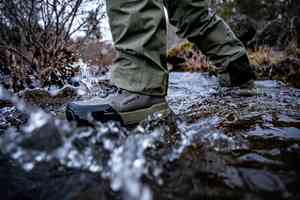
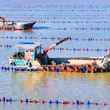
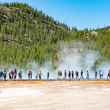
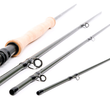
Comments
Jack Schweitzer replied on Permalink
A perennially good “read” - Fly Fishing Through the Midlife Crisis by Howell Raines.
Pages